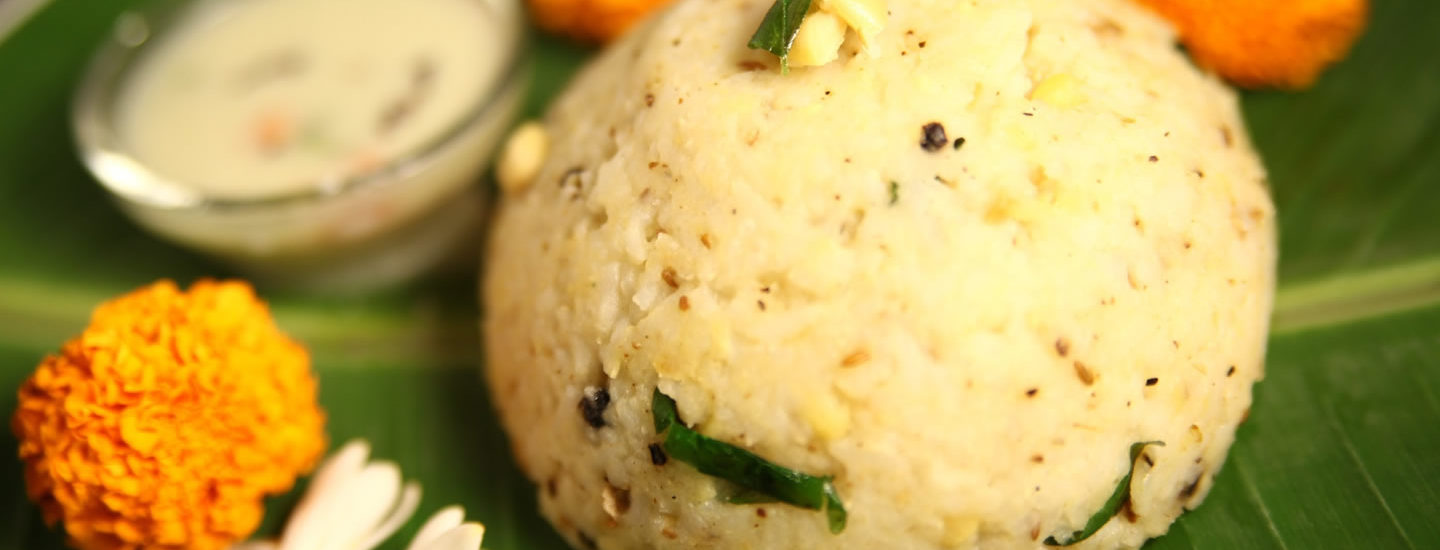About the Pongal Festival:
As a majority of Indians depend on agriculture for their livelihood, many of our festivals are related to agricultural activities like sowing and harvesting. So harvest festivals are celebrated in various forms all across the country.
Pongal is an important harvest festival of Tamil Nadu, celebrated to mark the end of the monsoon as well as the new harvest. It falls in the Tamil month of ‘Thai’ and it is primarily a rural festival. Pongal or ‘Thai’ Pongal is also called ‘Makara Sankranthi’, since it is celebrated on first day of ‘Thai’ when the sun enters the zodiac sign of ‘Makara Raasi’ (Capricorn). This signals the end of winter and the onset of spring throughout the northern hemisphere as the days gradually become longer and warmer.
Traditions and Customs of Pongal
Pongal is treated as a time to discard the old and welcome the new. The new crop that is harvested is cooked and offered to the Almighty. The various traditions and custom of this harvest festival celebrated for four days are as follows:
Bhogi Pongal
The first day of Pongal known as ‘Bhogi Pongal’ is a day for family gathering and is dedicated to Lord Indra, the king of the deities and god of clouds and rains. Offerings are made to him so that he blesses us with plentiful harvest. It is also the beginning of the New Year according to the Malayalam calendar and before sunrise, a huge bonfire of useless things in homes is lit and kept burning throughout the night. All the time, boys beat little buffalo-hide drums known as ‘Bhogi Kottus’. The houses are cleaned till they shine and decorated with Kolams painted using rice flour. Yellow pumpkin flowers are set in cow-dung balls in the middle of these designs.
Surya Pongal
The second day of Pongal known as ‘Surya Pongal’ is dedicated to Surya, the sun god. The granaries are kept full on this day and Surya and his rays are painted on a plank as he is worshiped with the beginning of the auspicious month of Thai. Since the word ‘Ponga’ means ‘to boil’ representing plenty, a special dish is cooked on this day in a new mud-pot that comes in beautiful shapes, painted with pretty designs called ‘Pongapanai’. The special dish is called ‘Sarkkarai Pongal’ and is offered to Surya with sugarcane sticks.
Mattu Pongal
The third day known as ‘Mattu Pongal’ is dedicated to cattle as cowherds and shepherds pay thanks to their cows and bulls, paint their horns and cover them with shining metal caps. They are fed ‘Pongal’ and tinkling bells are tied around their neck. Cattle races are conducted and in the game called ‘Manji Virattu’ groups of young men chase running bulls. Bull fights called ‘Jallikattu’ are also arranged where young men have to take the money bags tied to the horns of ferocious bulls single-handedly and without the use of arms.
Kaanum Pongal
The fourth day is termed as ‘Kaanum Pongal’. On this day, people go out to meet their family members. On this day, the younger members of the family pay homage to the elders, and the elders thank them by giving token money. Many also leave food out on banana leaves for the birds.
Rituals followed during Pongal
A typical traditional pongal celebration has a number of rituals attached to it. The place where pongal pooja is to be conducted, usually an open courtyard, is cleaned and smeared with dung a day prior to the festival. Colourful designs called ‘kolams’ (rangoli) are drawn with rice flour. The idea behind using rice flour is that insect would feed on it and bless the household. At the center of it a lump of cow dung holds a five petal pumpkin flower which is regarded as symbol of fertility and an offering of love to the deity. Houses are also cleaned, painted and decorated. ‘Kolams’ (rangoli) are made in front yard of the houses and the family wears new clothes. Even the cattle’s are gaily caparisoned with beads, bells and flowers. Their horns painted and capped with gleaming metals.
The ‘Pongal’ – the tempting recipe:
Sweet rice known as Pongal is cooked in a new earthenware pot at the same place where pooja is to be performed. Fresh turmeric and ginger are tied around this pot. Then a delicious concoction of rice, moong dal, jaggery and milk are boiled in the pot on an open fire. This pongal according to the ritual is allowed to boil and spill out of the pot. Pongal, once ready is offered to god first on a new banana leaf along with other traditional delicacy like vadas and payasam and sugarcane, grain, sweet potatoes are also offered to the sun god.


